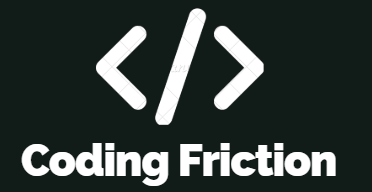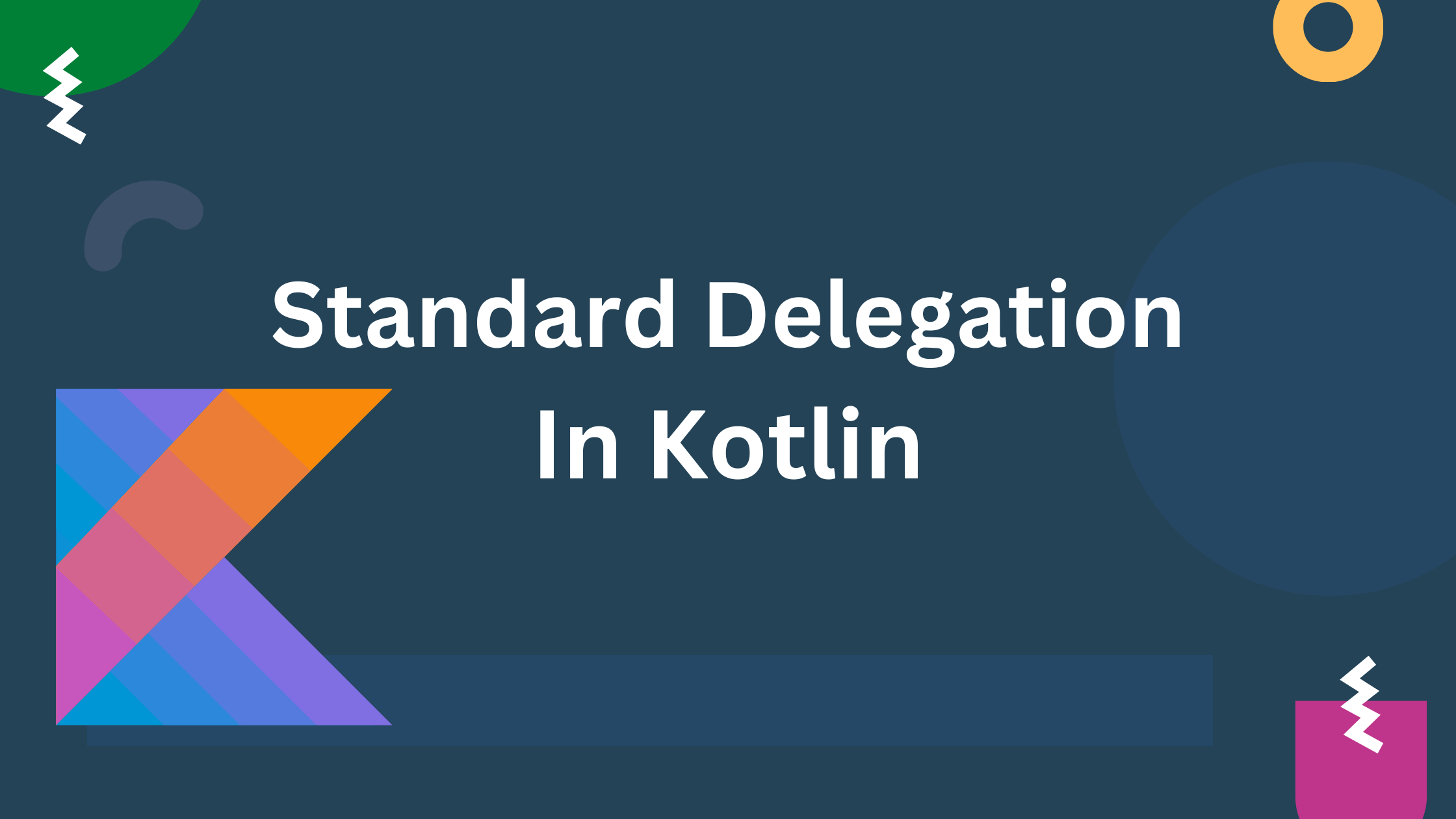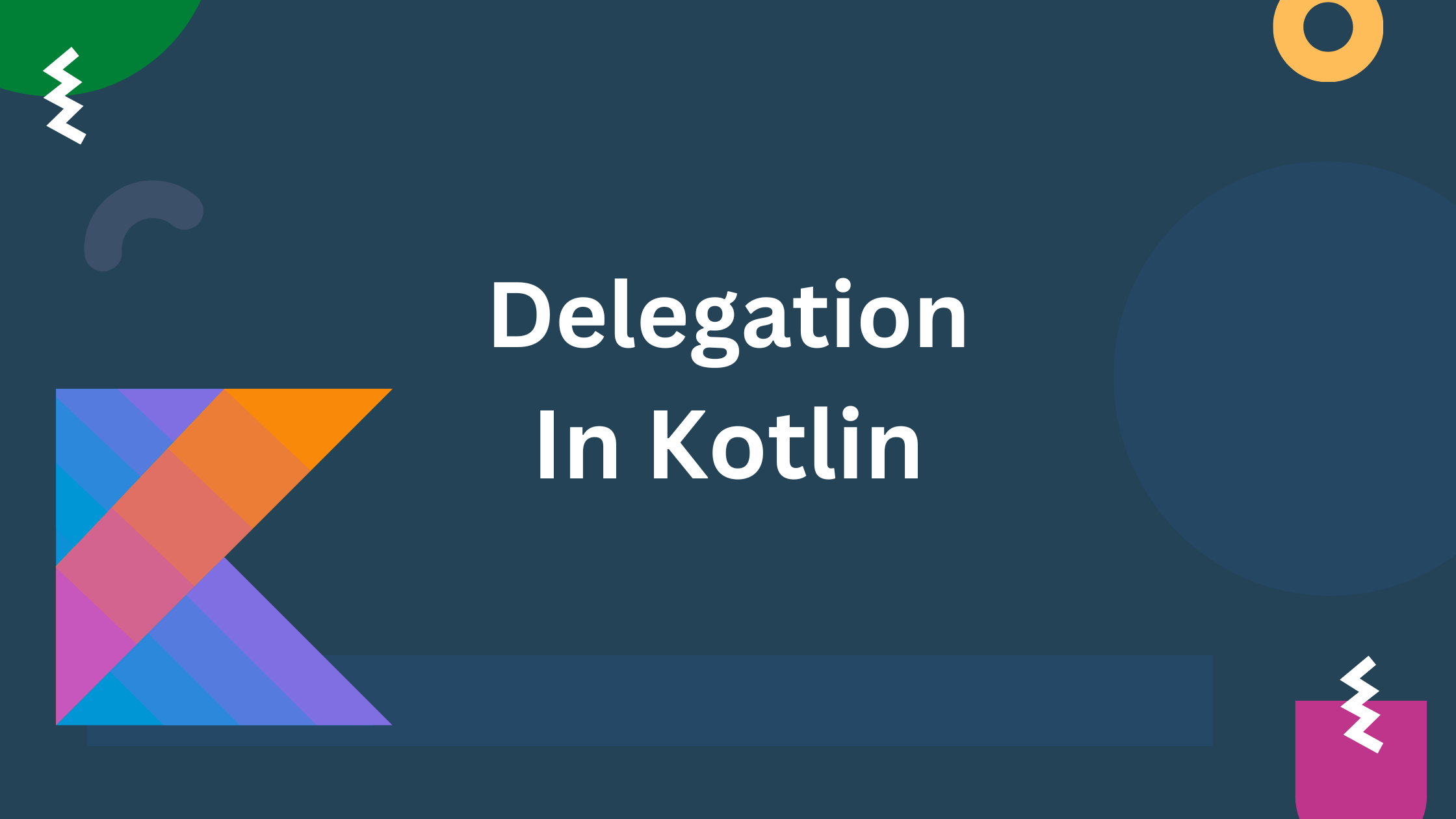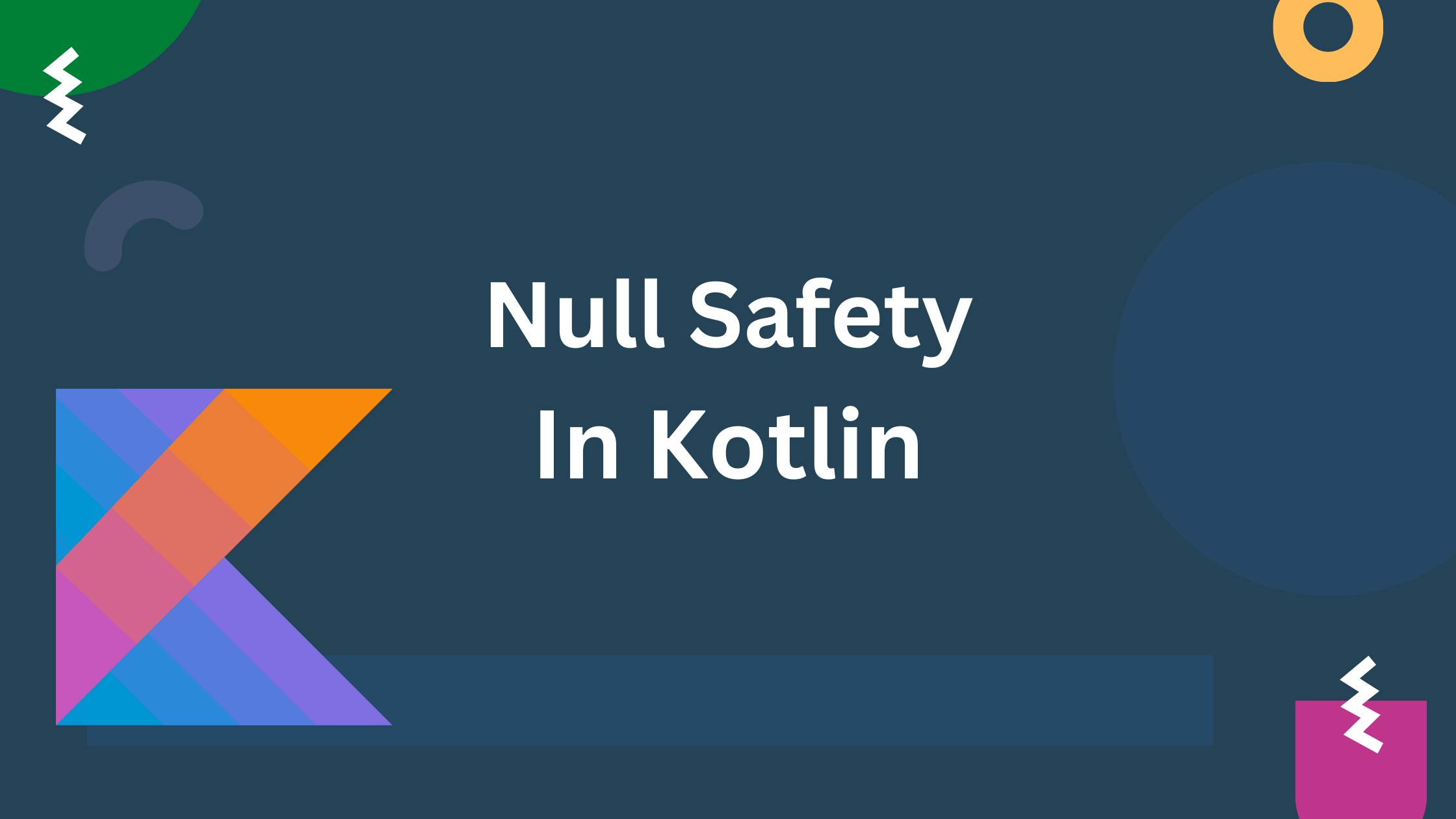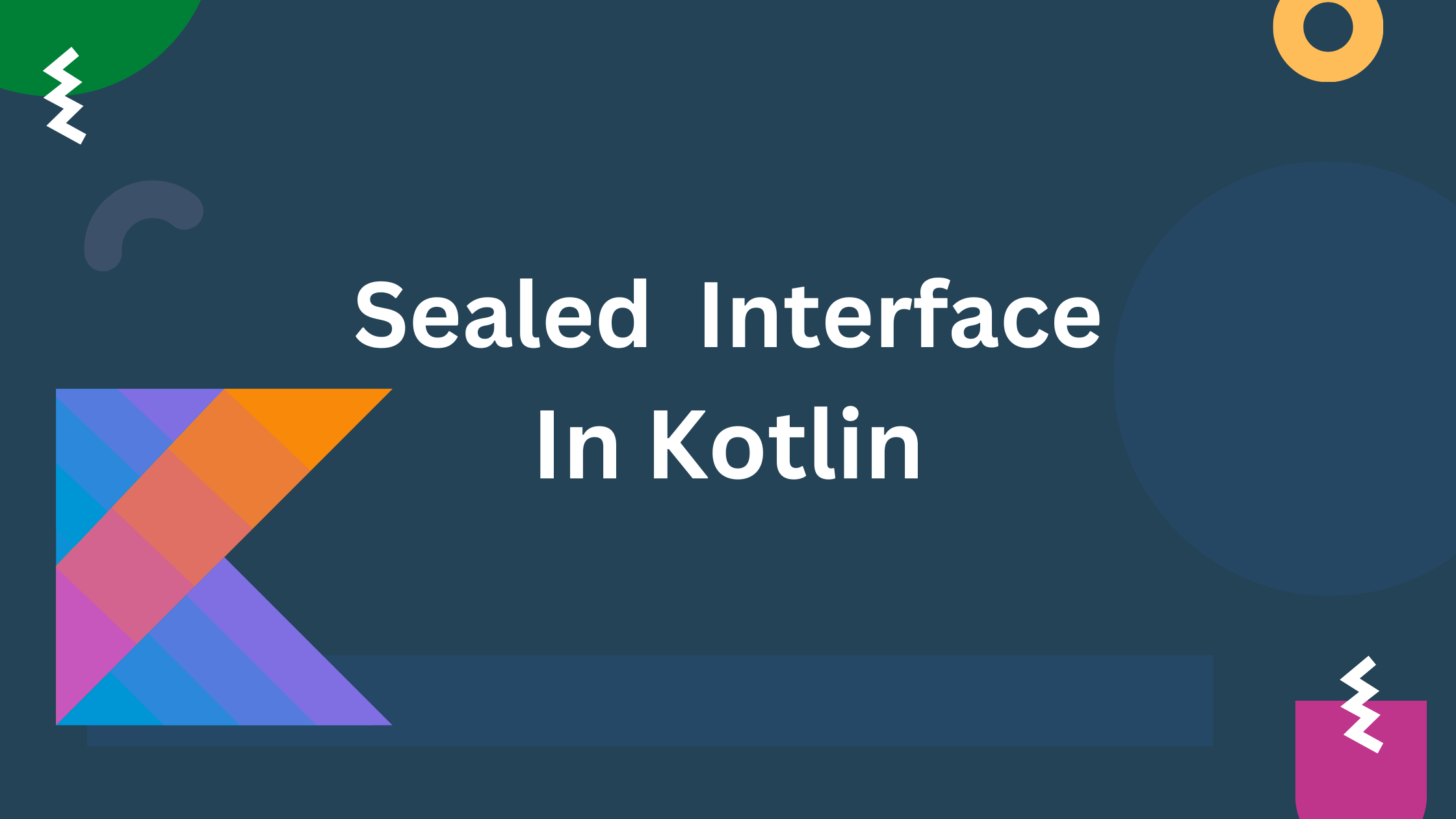These are the jump expression are used to control the flow of program execution.
- return
- break
- continue
return : By default returns from the nearest enclosing function or anonymous function
continue : Proceeds to the next step of the nearest enclosing loop
break : It is used to terminates the nearest enclosing loop. it is used to bring the control out of the block.
For example
for(..){
//if condition true it terminates the loop
if(checkCondition){
break;
}
}
Example :
fun main(args: Array<String>) {
for (i in 1..5) {
if (i == 4) {
println("terminated from loop")
break
}
println(i)
}
}
Output
1
2
3
terminated from loop
Kotlin Labeled break Expression
labeled break is used to terminate to a desired loop when certain condition is satisfied and Unlabeled break is used to terminate to the closest enclosing loop when a certain condition is satisfied.
this can be used by @sign is called label e.g.- inner@, outer@ etc.
Labeled break in for loop
loop@ for (i in 1..10) {
for (j in 1..3) {
if (...)
break@loop
}
}
fun main(args: Array<String>) {
outerloop@ for (i in 1..3) {
innerloop@ for (j in 1..2) {
println("i = $i and j = $j")
if (i == 2)
break@outerloop
}
}
}
Output
i = 1 and j = 1
i = 1 and j = 2
i = 2 and j = 1
In the above example when the value of i becomes 2 labeled break will execute and terminate the body of labeled expression.
Labeled break in while loop
outer@ while(condition) {
// code
inner@ while(condition) {
// code
if( condition) {
break @outer
}
}
}
fun main(args: Array<String>) {
var i = 4
outer@ while (i > 0) {
var j = 3
inner@ while (j > 0) {
if (i==2)
break@outer
println("i = $i, j = $j")
j--
}
i--
}
}Output
i = 4, j = 3
i = 4, j = 2
i = 4, j = 1
i = 3, j = 3
i = 3, j = 2
i = 3, j = 1When value of of i becomes 2 outer loop will be terminated by break.
